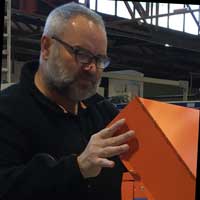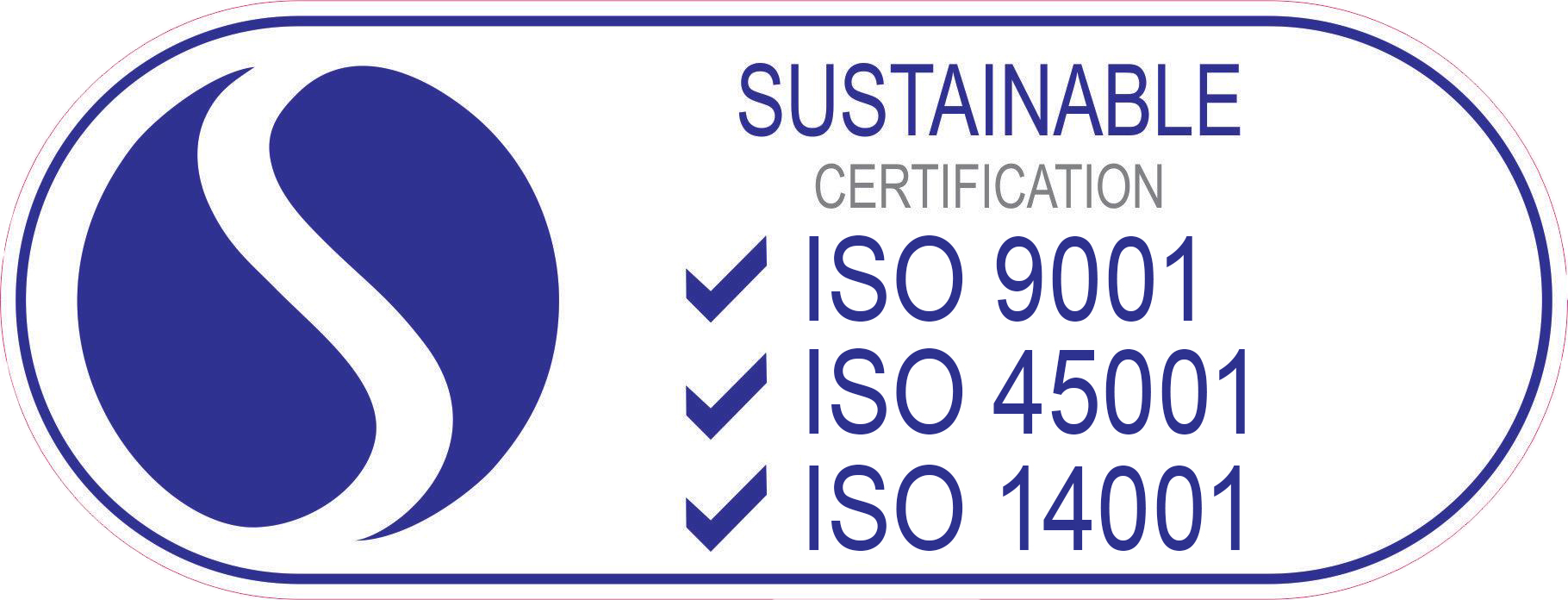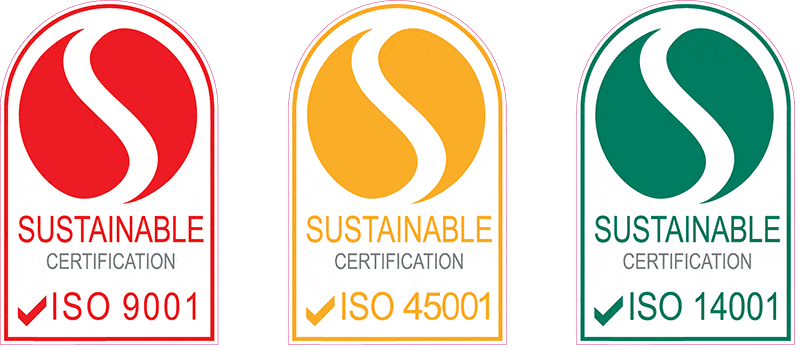
John Rakic
John Rakic is the proud Owner and Managing Director of Trafalgar Group with over 20 years of experience in the passive fire industry.
The NCC in Australia has made it clear; fire testing needs to be current and conducted in accordance with AS1530 Part 4 – 2014. Any variations from a fire tested SYSTEM can only be minor in nature and there are now strict requirements in Schedule 5 of the NCC which require thorough technical articulation based on sound supporting fire testing only.
Fire rated access panels are often required to be installed into fire rated walls, fire rated service shafts, and of course fire rated ceilings. They allow for convenient access to services such as shut of valves for example which look much more aesthetically when inside an access panel. They also allow for inspection, testing and maintenance of services.
The technical fire testing requirements for fire rated access panels are relatively simple, but more often than not the correct technical requirements for compliance are not adhered to. In recent times, we are seeing compliance of fire rated access panels becoming more of an issue for builders, trades and certifiers as the NCC requirements are being looked at more closely. It’s sad to see fire rated access panels having to pulled out and replaced with a different make and model, but it is happening way too often.
This little overview will try and summarise the requirements for fire rated access panels in walls and fire rated
shafts. A subsequent overview will be prepared for fire rated ceilings.
This is just a snippet of the full article. To read the entire article, download the pdf today.
NCC Requirements
Fire rated access panels must maintain the same FRL as the fire rated wall or fire rated shaft they are installed into, unless the NCC provides any concessions.
There are no concessions provided for walls in the NCC, so they must maintain the same FRL as the wall. This means they require both the full integrity and insulation ratings of the FRL. The latter category is the tougher one for manufacturers, as the temperature of the frame, and access panel leaf MUST keep temperature on the non fire exposed side of the wall below set temperature limits for the entire fire rating period. There is also no way to know which side of the wall the fire will be on, so due to the asymmetric nature of access panels, fire testing is required in both direction; hence the term “2-WAY fire ratings” was born.
There is however a concession for fire rated shafts, provided in NCC Clause C3.13 (c) in Type A Construction, requiring access panels to have a reduced FRL of -/60/30.

So in summary, for a wall, the fire rated access panel must provide the same FRL as the wall.
For example, a -/60/60 fire rated partition, would require a fire rated access panel with an FRL of -/60/60.
Whereby, for a fire rated shaft with an FRL of 120/120/120 in Type A construction, will be allowed to incorporate a fire rated access panel with an FRL of -/60/30 using the NCC Clause C3.13 (c) concession.
Fire Testing and Determination of FRL
Fire testing of fire access panels is required to be conducted in accordance with the AS1530.4-2014 fire test method, and the requirements are clearly laid out in this fire test method. This is how the FRL is determined for the fire rated access panel for a particular construction of fire rated wall or shaft.
It is a requirement to fire test each fire rated access panels in both directions of exposure to fire, that is with fire exposure from the outside where the architrave, panel and where one would lock and unlock the panel is practice.
This needs to be conducted for each wall and shaft configuration.
Manufacture and supply is not for the faint hearted, as fire testing of many configurations is both expensive and requires an excellent product design.
Fire test in both directions, results in a so-called 2-WAY fire rating or bi-directional FRL as required under NCC and AS1520.4-2014 fire test requirements.
The FRL determined for AS1530 Part 4-2014 fire testing applies strictly to:
- The make and model of fire rated access panel
- The size of the fire rated access panel fire tested
- The wall or shaft type the fire test was conducted in
- The orientation the fire rated access was fire tested in
Most Common Oversights We Find
Sadly, over-zealous sales from suppliers and the untrained purchaser sees the following example where certifiers find themselves in an uncomfortable position of having to reject as installed fire rated access panels:
- Fire testing in different wall type being used as evidence for the wall in question
- Fire testing only conducted one side of fire rated access panel
- Old fire test data and assessments whereby the fire rated access panel frame temperature far exceed the requirements of AS1530.4-2014 for temperature rise or insulation criteria – circa AS1530.4-2005 and prior as a rule
- Larger fire rated access panels being used than fire tested size
- Very old and tired assessment being used to sell the products which do not comply with NCC schedule 5


